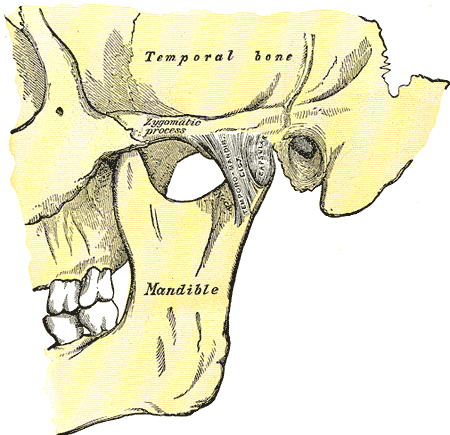Information about Temporomandibular Joint Dysfunction (TMD)
The temporomandibular joint (TMJ) is located at the base of the skull in front of the ear. It is a synovial, condylar, and hinge-type joint that connects the lower and upper jaws. This means that the TMJ allows the mouth to open up, close down, and slide forward and backward. When the TMJ doesn’t work exactly as it should and causes symptoms or pain, we call it TMD.
Like other joints in your body, the TMJ can experience discomfort and pain at times. There are three main categories of TMJ disorders. The first involves myofascial pain, meaning pain in the muscles that control jaw movement. The second involves a displacement of the joint, usually seen as a dislocated jaw. The third involves arthritis, a degenerative/inflammatory disorder. People can have one or more of these at the same time, or even other conditions that affect the TMJ area. Pain can also radiate to other areas of the body like the neck and back.
Roughly 10 millions adults in the U.S. have TMD. It is more common in women, but men can have it too. Many people have mild symptoms that can worsen or ease up over time. Trauma to the TMJ area can cause TMD, but besides that the cause is unknown. Pain can manifest seemingly out of nowhere in some people. Sometimes anti-inflammatory drugs alone are not enough to alleviate these symptoms. Fractures to the main disc of the joint are rare but can cause pain and swelling. Clenching and grinding teeth can also stress the joint and its surrounding areas. However, current research does not support the popular belief that a bad bite or braces triggers TMJ disorders. Nor is there research backing the claim that sounds like jaw clicking and popping can lead to TMJ disorders.
Jaw clenching/grinding, jaw injury, various types of arthritis, or connective tissue diseases can all increase the risk of TMJ disorders. Treating TMD is very important to your overall health. Untreated, it can cause chronic pain and tenderness, difficulty chewing, ear pain, or jaw locking that makes it difficult to open or close your mouth.

Henry Vandyke Carter / Public domain
